The H&M case is set immediately after the Rana Plaza collapse in Bangladesh. The case explores questions of who is to blame and how it should be addressed. There is no guarantee that H&M garment manufacturing had not been subcontracted to one of the factories…

ERB Institute
- Case Study
- Topics on: Climate Investing, Climate Sustainability, Climate Tech, Corporate Sustainability Strategy, Social Impact and Sustainability, Statistics












